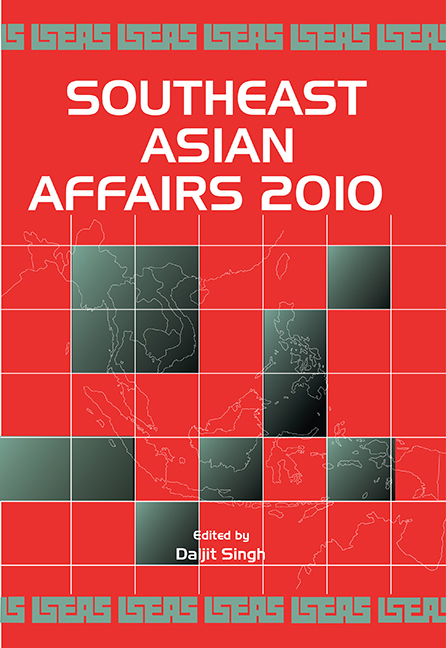Vietnam and Rising China: The Structural Dynamics of Mature Asymmetry
from VIETNAM
Published online by Cambridge University Press: 21 October 2015
Summary
Ever since the Vietnamese nation-state emerged as an independent entity in the first millennium it has had to contend with “the tyranny of geography”. Vietnam shares a common border with China its giant neighbour to the north. Even today, with a population of eighty-eight million, Vietnam ranks as a middle sized Chinese province. As a major study by Brantly Womack notes, the bilateral relationship has been embedded in a structure of persistent asymmetry throughout recorded history.
This chapter focuses on how Vietnam's leaders manage relations with a rising China. Womack's theory of asymmetry provides a useful framework for analyzing this relationship. Womack argues “disparities in capacities create systemic differences in interests and perspectives between stronger and weaker sides”. The larger power always looms more importantly to the weaker than the reverse. This structural factor results in over attention to the bilateral relationship on the part of the weaker state because more is at risk. The result, Womack concludes, is that weaker states are “prone to paranoia”. Conversely, the stronger power is less attentive to the details of the bilateral relationship with a weaker state. These contrasting views often lead to misperception.
Womack argues that Sino-Vietnamese hostility over Cambodia in the 1980s (which he terms “hostile asymmetry”) led to a stalemate when both sides realized that they could not prevail. This led to a period of negotiated normalization (1990–99) in which both parties came to recognize and accept the interests of the other. Normalcy, according to Womack, does not alter the asymmetric nature of relations; but it ushers in a new phase that he terms normal or mature asymmetry. According to Womack, “[n]ormalcy might be called ‘mature asymmetry’ because it is grounded in a learning experience and it has the capacity to be long term and stable.” In other words, both parties adopt mutual expectations of the other's behaviour. The stronger expects deference, while the weaker expects that its autonomy will be acknowledged.
- Type
- Chapter
- Information
- Southeast Asian Affairs 2010 , pp. 392 - 409Publisher: ISEAS–Yusof Ishak InstitutePrint publication year: 2010

